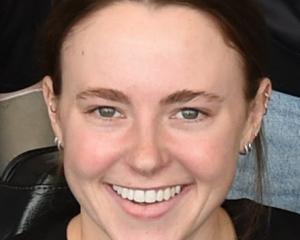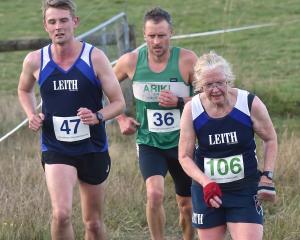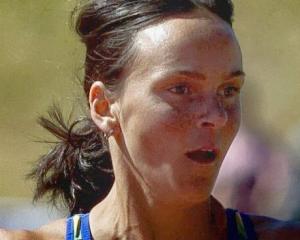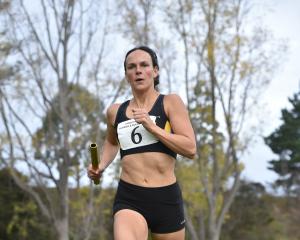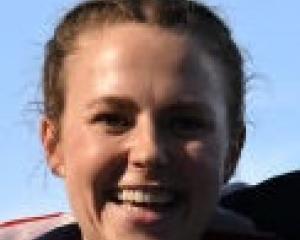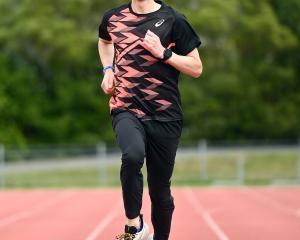The race has been dubbed the "Mile of the Century."
The battle between Roger Bannister (England) and John Landy (Australia) was the first time two runners had broken the four-minute barrier in the same race.
Mosgiel man Murray Smith was at the British Empire and Commonwealth Games in Vancouver in 1954 to watch the famous race.
"I was a privileged teenager to be at an event like this," Smith said.
"It was an event I'll always treasure."
He was a 16-year old boarder at Waitaki Boys High School at the time and joined four other pupils from his school in the New Zealand group.
The Commonwealth Youth Movement conference was held at Vancouver and the group spent a month in Canada.
Luckily for him, the programme included three days at the Games.
The New Zealand boys attended the opening ceremony and had two other days watching the athletics at the main stadium.
The mile was the highlight of the Games.
They were both competing at Vancouver.
It is now history how Bannister sprinted around the final bend to win the gold medal.
Bannister won in 3min 58.8sec, with Landy second in 3min 59.6sec.
"I was too young and blase to appreciate the importance of the event at the time," Smith said.
"But I've had the memory of that race all my life and it has grown in importance over the years.
"The stadium was buzzing before the start," Smith recalled.
"The noise burst into a roar when the runners came into the final straight. It looked like Landy would win but the power of Bannister swamped him in the end."
Smith noted the difference between the two runners.
"Landy was smaller and more compact. He was a smoother runner. Bannister had a longer stride and raw power and a physical presence to dominate the race."
Smith said he had heard a rumour at the time that Landy had stood on a broken light bulb and cut his foot on the eve of the race.
This was later confirmed.
The ground was packed for the big race and Smith was standing with the New Zealand group by the perimeter railing halfway down the front straight.
"History was being made that day and we were privileged young people to see it," he said.
"We were near the finishing line and were totally aware what was happening."
Murray Halberg and Bill Baillie, the two New Zealanders in the final, came up to the fence to talk to the New Zealand group, with Otago's Yvette Williams.
"We were wearing New Zealand blazers and they came and spoke to us," Smith said. "It was a big thrill."
Smith, who grew up on a sheep and cattle farm in the Waikaka Valley, also visited the Rockies and Calgary.
He was billeted in Calgary and met people who trained in the air force during World War 2 with his next door neighbour Syd McPhail.
Smith was a prop in the Waitaki Boys High School Second XV and later played rugby for Eastern Southland and trialled for Southland.
He also farmed in North and South Canterbury before retiring to Mosgiel.

